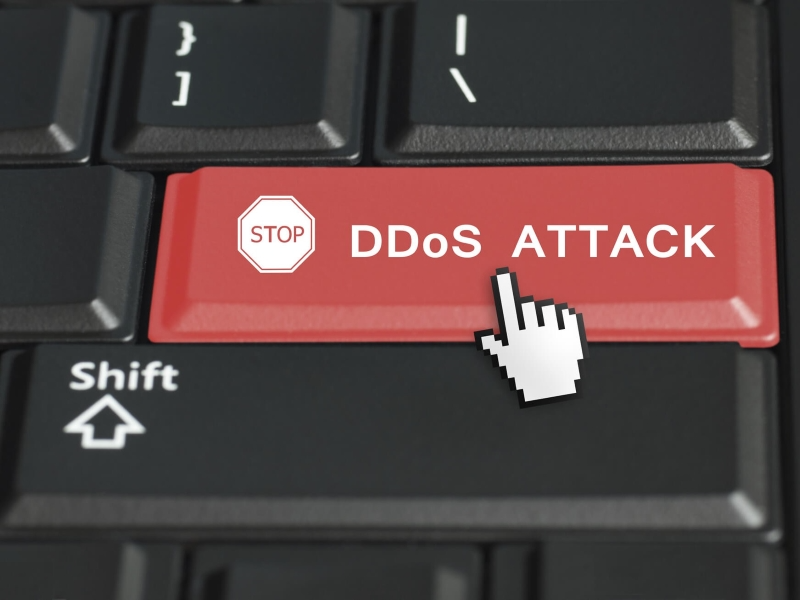- A DDoS attack involves overwhelming a target system—such as a website, server, or network—with a flood of internet traffic from multiple sources.
- Implementing appropriate protection measures and staying vigilant can help mitigate the effects and maintain network performance.
In today’s digital landscape, network security is a top priority for businesses and individuals alike. One of the most disruptive threats is a DDoS (Distributed Denial of Service) attack, which can significantly impact network performance and availability. Among the various consequences of a DDoS attack, packet loss is a critical issue that can affect everything from online gaming to business operations. In this blog, we’ll explore how a DDoS attack can cause packet loss and what steps you can take to mitigate its effects.
What is a DDoS attack
A DDoS attack aims to overwhelm a target—such as a website, server, or network—with an enormous volume of malicious traffic from multiple sources. The primary goal is to disrupt normal operations, making the target system slow, unresponsive, or completely unavailable. By flooding the target with more traffic than it can handle, the attackers effectively incapacitate the system.
Also read: 4 key things to know about DDoS attacks
Also read: Is Ethernet a network protocol? Exploring its capabilities and impact
How DDoS attacks cause packet loss
Packet loss occurs when data packets sent over a network fail to reach their destination. During a DDoS attack, several factors contribute to packet loss:
Network congestion: A DDoS attack can flood a network with excessive traffic, consuming available bandwidth and causing congestion. When the network becomes saturated, legitimate data packets may be dropped or delayed, resulting in packet loss.
Resource exhaustion: The target system’s resources, including CPU, memory, and bandwidth, are stretched thin by the flood of malicious traffic. When resources are exhausted, the system struggles to process legitimate data packets, leading to packet loss.
Increased latency: The influx of attack traffic can increase latency, meaning data packets take longer to traverse the network. This delay can lead to timeouts and packet loss, affecting user experience and network reliability.
Router and switch overload: Network devices like routers and switches can become overwhelmed by the sheer volume of traffic during a DDoS attack. When these devices are overloaded, they may drop packets, resulting in packet loss and network instability.
Network equipment failure: In extreme cases, the attack may cause network equipment to fail or restart due to the overload, leading to temporary packet loss and service disruptions.
Mitigating packet loss during DDoS attacks
While DDoS attacks are challenging to handle, several strategies can help mitigate packet loss and minimise the impact on your network. For example, specialised DDoS protection services can detect and mitigate attack traffic before it reaches your network. These services use advanced techniques to filter out malicious traffic, helping to prevent packet loss and maintain service availability. Besides, scaling up your bandwidth can provide a buffer against high volumes of traffic. While this doesn’t prevent attacks, it can help absorb and manage the traffic load, reducing the likelihood of packet loss.
A DDoS attack can indeed cause packet loss by overwhelming network resources and infrastructure. By deploying DDoS protection services, increasing bandwidth, using rate limiting, and maintaining network redundancy, you can enhance your network’s resilience against these disruptive attacks.

